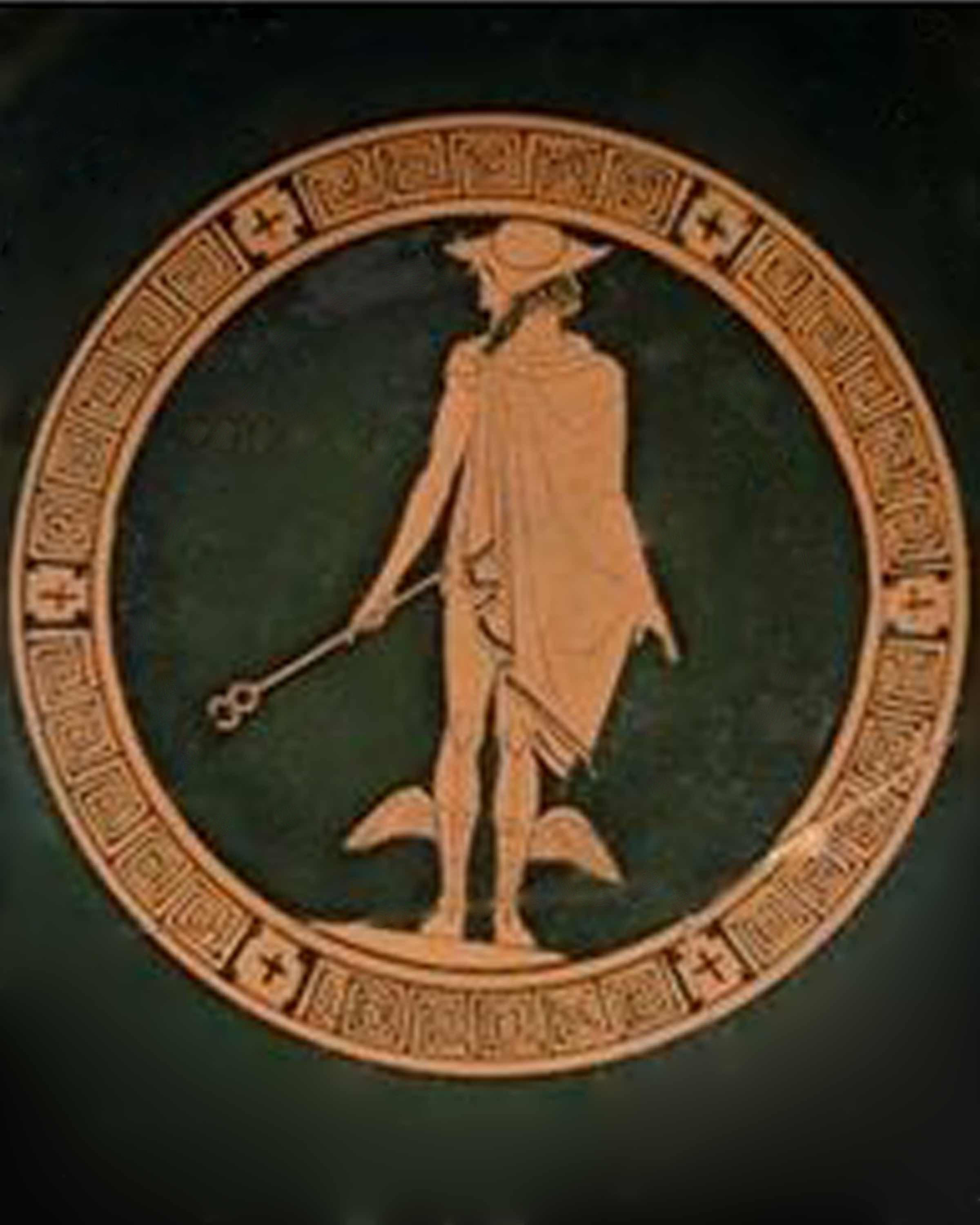Proposed Classes
What follows are potential classes using a
tarot hermeneutics
approach. The classes then are about the subject and about using
tarot to better understand it, ourselves and tarot.
A Thoth-Tarot Critical Reading of Promethea by Alan Moore
See Paul's review and Alan Moore's notes
A Thoth-tarot critical reading of Promethea will be the next free teleconference offered on Wednesday mornings between 10 AM and 12 noon on Wednesdays. The exact date for its beginning will be announced when scheduled. For more info, format and schedule.
See Tarot Kinesis.
Other Thoth related studies under consideration. The projective geometry Freda Harris. Thoth and Aesthetics. Color symbolism. Mythology. Derivative Stories.
A Tarot critical reading of Mystical Origins of the Tarot: From Ancient Roots to Modern Usage by Paul Huson (Destiny Books) using his Dame Fortune's Wheel Tarot by Paul Huson (Lo Scarabeo)
A Tarot critical reading of Dia Léon's Origins of the Tarot: Cosmic Evolution and the Principles of Immortality (Frog Press)
see Dai's bio
A Tarot Critical Reading of The Way of Tarot: The Spiritual Teacher in the Cards by Alejandro Jodorowsky, Marianne Costa (Destiny Books)
Some reference may be made to The Spiritual Journey of Alejandro Jodorowsky: The Creator of El Topo by Alejandro Jodorowsky (Park Street Press); Anarchy and Alchemy: The Films of Alejandro Jodorowsky by Ben Cobb (Persistence of Vision: Creation Books) and the DVD: The Films of Alejandro Jodorowsky (Fando y Lis o El Topo / The Holy Mountain)(Starz / Anchor Bay)
A Tarot critical reading of Mystical Origins of the Tarot: From Ancient Roots to Modern Usage by Paul Huson (Destiny Books) using his Dame Fortune's Wheel Tarot by Paul Huson (Lo Scarabeo)
Reading the Heart Sutra through Tarot
In this course we begin to explore aspects of Mahayana Buddhism's equation of Wisdom/Love/Compassion with Emptiness (Sunyata) and how this can offer a profound way of understanding tarot cards as Names of God and Angelic presences.
Needless to say we embrace a shameless syncretism but all walked-paths of initiation are naturally synergetic as it integrates the lived experience of a person with the universal of transcendental experience.
Tarot Ethics
Phase one: Primary study of applied ethics
We read and discuss Bernard Gert's Common Morality to get a grasp of what ethics is. We also us tarot inquiry to question aspects of Gert's work. In addition we become acquainted with the underlying rational for his own ten rules.
Phase two: critiquing professional tarot codes of ethics.
Every serious tarot reader should address and think through a code of ethics in regards their tarot practice. Here we will together evaluate a few of the more common codes and in the process develop our own personal codes. We will also use tarot as a constant in our inquiry.
Phase three: the tree of life, the ten commandments, and Gert's ten rules: a kabalistic overview of Tarot for an inquiry to refine ethical dimensions to card meanings.
A selection of cards grouped to develop and distinguish levels of ethical concern. Least harm to vision of the good ethics. Rules and narrative.
If this proposed course interests you let me know as without a small group of willing colleges these courses will not see the light of day.
Montaigne and Tarot:
Read and explore Montaigne's great essay "Apology for Raymond Sebond." We will use tarot hermeneutics to explore the questions of rationality, arrogance, skepticism, and faith as well as deepening our appreciation of tarot inquiry.
Tarot and Holy Grail
Tarot and Tobit
Tarot and the Restoration of the Temple
Tarot and the Gospel of John
Tarot and Wagner's Ring Cycle
Tarot Dialogues with Plotinus
Tarot and Proclus' Elements of Theology
Tarot and Edgar Allen Poe
Tarot and W.B. Yeats
The Life and Works of William Butler Yeats Online Exhibition
Collected Poems of W. B. Yeats
Thoor Ballyee: W.B. Yeats' Tower
Tarot and Fairy Tales and Pageants (After Mary Greer)
Wands: Percival Myth, Flowering Red Aaron
Cups: Fisher King, Grail
Swords: Galahad Myth, Longinus Spear,
Coins: Restoration of the Temple, King Solomon, Hiram Abiff
Tarot Symbolism, Tarot and Karma, Tarot and Reincarnation and Metempsychosis, Tarot as a Medium
Recreating Tarot: Allegoressis
Story into allegory; Allegory into legend, legend into Myth, myth returns to story
The Ocean of Story
Pico della Mirandola's Encounter with Jewish Mysticism
the Centuries
A Tarot Reading of Erasmus' The Praise of Folly
Analysis of Topics Through Tarot Design: Examples: the Hegel Tarot, Heidegger Tarot, Derrida Tarot (I won’t live long enough).
The Zarathustra Tarot (after Nietzsche
Characterization): Creating Tarot Decks by Bombast!
"Though Thus Spoke Zarathustra is antagonistic to the
Judeo-Christian world-view, its poetic and prophetic style relies
upon many, often inverted, Old and New Testament allusions.
Nietzsche also filled the work with nature metaphors, almost in the
spirit of pre-Socratic naturalist philosophy, which invoke animals,
earth, air, fire, water, celestial bodies, plants, all in the
service of describing the spiritual development of Zarathustra, a
solitary, reflective, exceedingly strong-willed, sage-like, laughing
and dancing voice of self-mastery who, accompanied by a proud,
sharp-eyed eagle and a wise snake, envisioned a mode of
psychologically healthier being beyond the common human condition.
Nietzsche refers to this higher mode of being as “superhuman” (übermenschlich),
and associates the doctrine of eternal recurrence — a doctrine for
only the healthiest who can love life in its entirety — with this
spiritual standpoint, in relation to which all-too-often
downhearted, all-too-commonly-human attitudes stand as a mere bridge
to be crossed and overcome.
